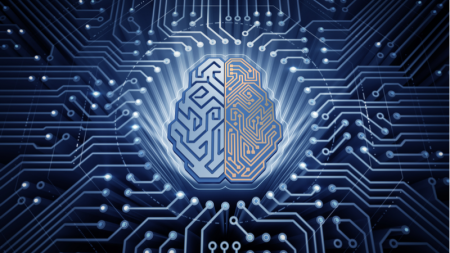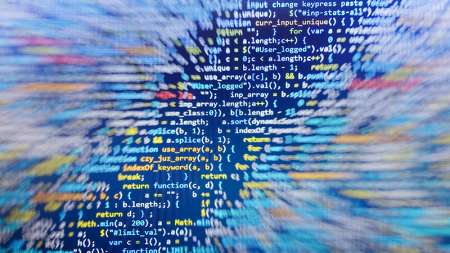Like King Louie in the Jungle Book–Artificial Intelligence has to learn like people. Machine learning’s surely a brilliant student, but it’s still a slow learner. Once trained to recognize patterns, analyze huge amount of data, or interpret speech, they can do the job at lightning speed, often better than humans can. But the training part of that equation can be a labor and programming-intensive task, because machines still learn like machines–one thing at a time, often only after repeated instruction. […]
Not all bots are bad. But in the wrong hands, botnets can be commanded to do some very nefarious things, like Distributed Denial of Service–DDoS–attacks to disrupt and bring down websites. There are also malware-based bots that are increasingly being used to steal data and personal information. […]
With the Internet for transportation, a lie can get all the way around the world before truth can blink itself awake. And that’s a challenge for those who seek to stem the proliferation of false information, be it accidentally misattributed quotes, political propaganda, or malicious “fake news.” Artificial intelligence can help combat the problem, by using machine learning algorithms to detect the patterns used in phony stories and ads designed to stir up fear or outrage, or, in the case of Russian disinformation, unsettle people’s faith in American institutions. […]
In light of recent advances in performance–not to mention the history of computing–it’s reasonable to assume that artificial intelligence and machine learning systems will become smarter and faster. But government-funded research that is being put into practice at the Air Force Research Laboratory (AFRL) could achieve new levels of performance while also consuming minimal amounts of power. […]
Artificial intelligence (AI) systems are getting awfully good at the Who, What, When, Where and even How for a variety of jobs, from military operations to financial transactions to medical diagnosis and treatment. But the Why is another story. […]
Pandemic threats such as Ebola, Zika, and avian flu are not only a danger to public health, but are also viewed as potential national security threats, as the National Intelligence Council, an arm of the Director of National Intelligence, points out in its 2017 report, Global Trends: Paradox of Progress. […]
Machine learning and artificial intelligence are needed to bridge the gap between the volume of government intelligence data and the number of people capable of analyzing it, according to Jason Matheny, director of the Intelligence Advanced Research Project Activity (IARPA). […]
In the age of machine learning, there’s a fine line between collecting enough employee data for insider threat programs and ensuring personal privacy, a line that Americans may have to culturally define in the near future, according to experts speaking at an Intelligence and National Security Alliance (INSA) event on Monday. “Are we willing to […]
The White House Office of Science and Technology Policy announced a series of workshops on artificial intelligence and machine learning, plus recognizing the opportunities and risks involved with this technology. […]
The size of the digital universe will grow to 176 zettabytes by 2025 – leading to a future of machine learning. James Harris, CTO, Defense Intelligence Agency, and Jason Matheny, Director, Intelligence Advanced Research Projects Activity, joined Defense One on a live webcast on how the future of digital information will intersect with the future of intelligence collection and analysis. […]










